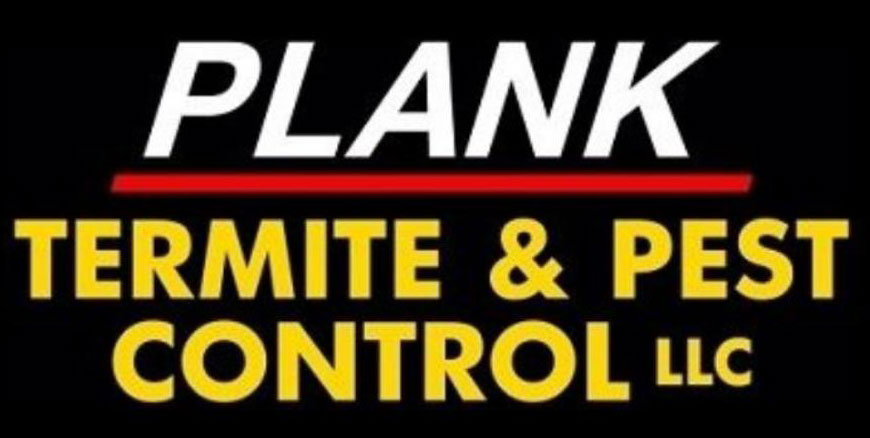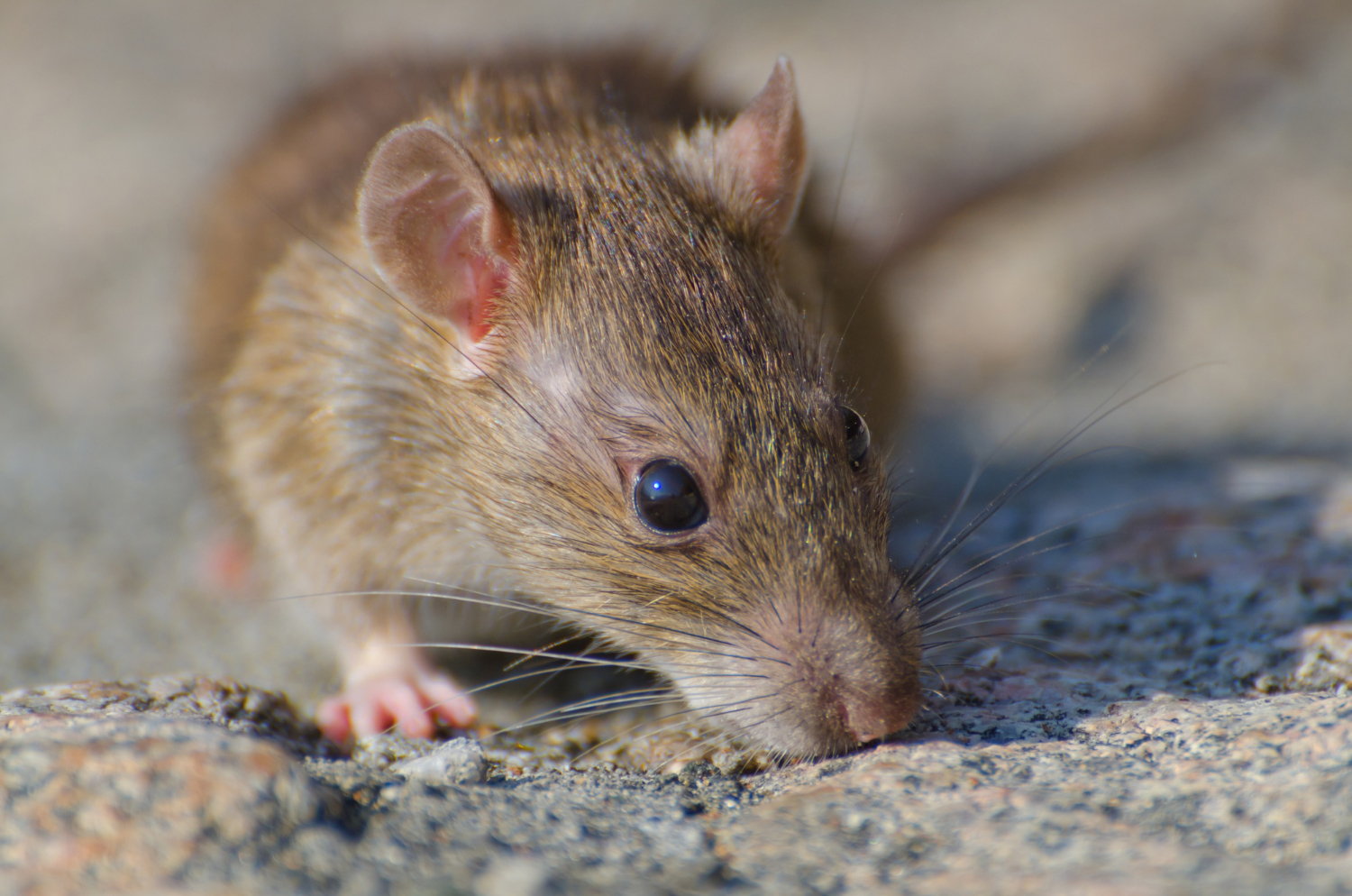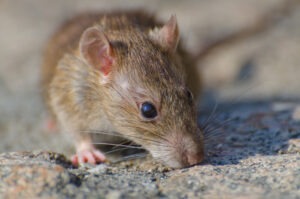A thorough inspection is crucial when it comes to keeping your home free from rodents. Here’s what you can expect from a professional rodent inspection:
Step I – Initial Assessment
The first step involves comprehensively assessing your home’s exterior and interior. A trained professional will look for any signs of rodent activity, such as droppings, gnaw marks, and burrows. These clues provide valuable information about the type and extent of rodent infestation, helping to tailor the subsequent steps in the inspection process.
For instance, if an inspector discovers fresh gnaw marks or a large number of droppings in a specific area, it might indicate an active rodent presence that requires immediate attention.
Step II – Identifying Entry Points
The inspector will meticulously examine your property for potential entry points that rodents could use to infiltrate your home. This involves checking for cracks, holes, and gaps in walls, doors, and windows. Identifying and addressing these access points can significantly reduce the likelihood of future rodent invasions.
For instance, a small gap near a pipe entry point or a damaged vent cover can serve as an open invitation for rodents to gain entry into your home.
Step III – Monitoring Using Technology
Technological advancements have greatly enhanced the efficiency of rodent inspections. Modern pest control professionals often utilize advanced tools such as thermal imaging cameras to detect hidden nests or rodent activity within walls, attics, and other unseen areas. These tools enable inspectors to identify underlying issues that might not be immediately visible, allowing for targeted intervention strategies.
Using technologies like thermal imaging not only improves the accuracy of the inspection but also provides homeowners with a comprehensive understanding of the extent of rodent activity within their property, aiding in informed decision-making regarding treatment plans and preventive measures.
Step IV – Detailed Report and Recommendations
Upon inspection completion, the pest control professional will compile a detailed report outlining their findings. This report serves as a valuable resource for homeowners, providing insights into the current state of their property about rodent infestations. Additionally, it includes specific recommendations for appropriate measures that may be required to address the identified issues.
These recommendations may include sealing entry points, setting traps in strategic locations, implementing behavior modification techniques, or utilizing environmentally friendly pest control solutions.
This comprehensive approach not only effectively resolves existing rodent problems but also aims to prevent future infestations by addressing vulnerabilities within the property.
In ensuring the sanctity of our living spaces from unwanted invaders and potential health hazards encountered therein. Let’s look at how professional technicians play a pivotal role in this ongoing battle against pests.
In conclusion, seeking professional help for a rodent infestation ensures thorough eradication and provides invaluable guidance on preventive measures, safeguarding both your property and the health of your household. Don’t hesitate to contact Plank Pest Control for expert assistance tailored to your situation. When dealing with a rodent problem, professional intervention can make a difference in safeguarding your home and family. The expertise offered by professionals like Plank Pest Control can provide peace of mind amidst this challenging situation.


